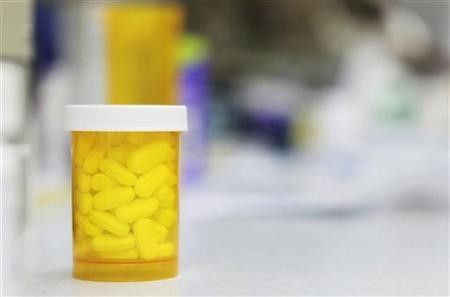Youth ADHD Stimulant Use Continues Growth

The use of stimulant medication amongst children and adolescents with Attention Deficit Hyperactivity Disorder continues to rise.
According to researchers at the Agency for Healthcare Research, approximately 3.5 percent of youth under age 19 were on stimulants for ADHD in 2008, up from 2.9 percent in 1996. The stimulant use rate increased 3.4 percent annually, on average.
As the market for ADHD medications has expanded, concerns have been raised about the possible misuse and abuse of stimulants, especially because the increase in ADHD diagnoses has been marked in adolescents, the researchers said.
The rise in medication for ADHD naturally correlates with the rise in the diagnosis. WebMD notes that nearly 9 percent of children aged 4 to 17 have received the diagnosis. ADHD is a behavioral disorder involving impulsiveness, hyperactivity and inattention,
The effects are often subdued with a combination of medication and behavioral therapy. In fact, the majority of people with ADHD diagnoses do not use medication.
This may not be unexpected, since about half of those diagnosed present with only mild symptoms and since other treatment, including psychosocial interventions and nonstimulant medications, are available, the researchers continued.
Commonly used stimulants include Adderall, Concerta, Dexedrine and Ritalin. Doctors say that side effects could include a decreased appetite and sleepiness, along with heart related problems.
WebMD points out that although those aged 6 to 12 are still the largest market for ADHD stimulants; those between the ages of 13 and 18 are beginning the drug at a faster rate. The growth rate was 4.9 percent in 2008, up from 2.3 percent in 1996.
© Copyright IBTimes 2025. All rights reserved.





















